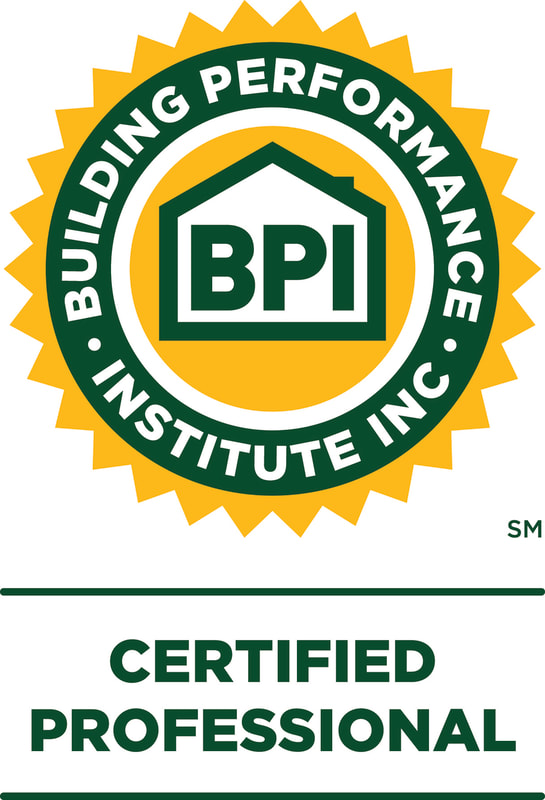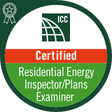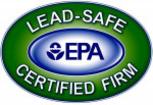|
Many builders we work with are looking for ways to improve the infiltration scores on the homes they build. In 2022, Pennsylvania building codes have begun to require an infiltration score of 3.0 ACH50 or less. Some homes under construction have been permitted under the previous standard of 5.0 ACH50, but we will soon see all homes needing to meet the more stringent requirement. In this series we will focus on types of air leakage common to most new homes. Attics: Quite often, the greatest source of air leakage and energy loss in homes is the attic. The following are places that conditioned air can leak from the home into the attic. 1. Poor quality seal packages.
2. Joints between the top plates and drywall on both interior and exterior walls.
3. Penetrations through the top plates for electrical wires, pipes, etc.
4. Penetrations through the drywall: Electrical boxes, recessed can lights, smoke detectors, fire sprinklers, HVAC registers, ventilation fans, etc.
We hope you found this information helpful. Additional sources of leakage to the home will be discussed in future posts.
0 Comments
|
Archives
August 2023
Categories |
© 2015-2022 - Energy Auditors, LLC - All Rights Reserved (717) 914-8155 - [email protected] - Dillsburg, PA

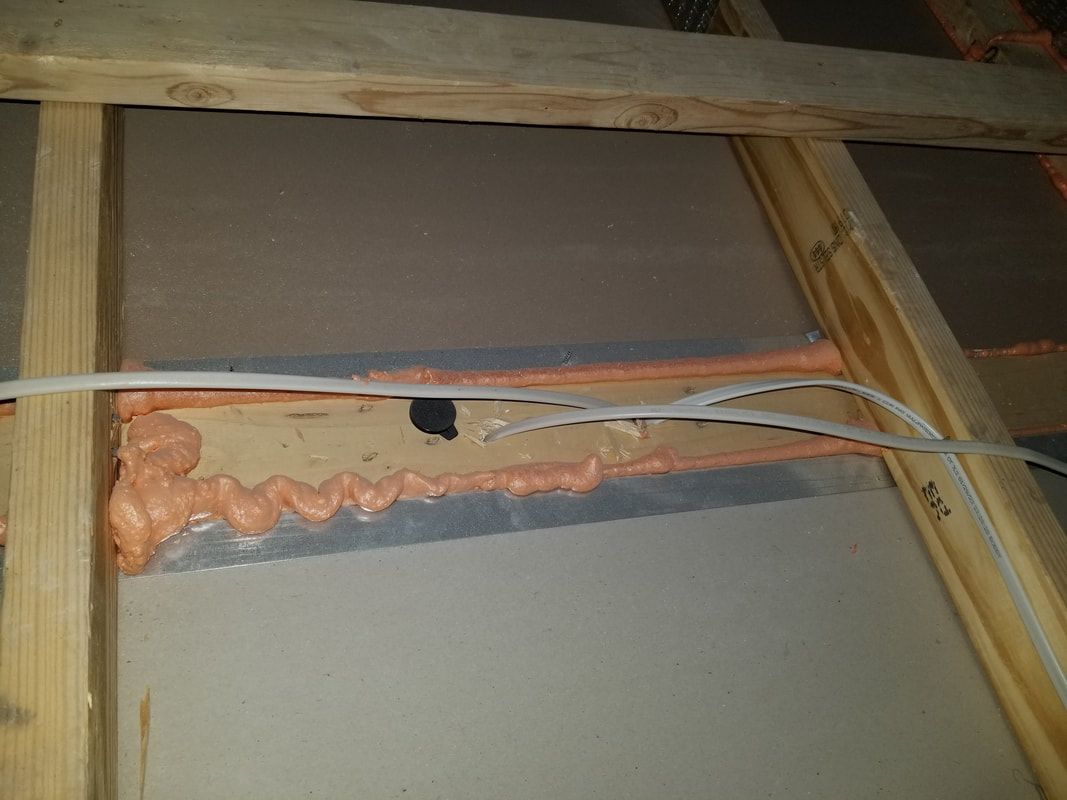
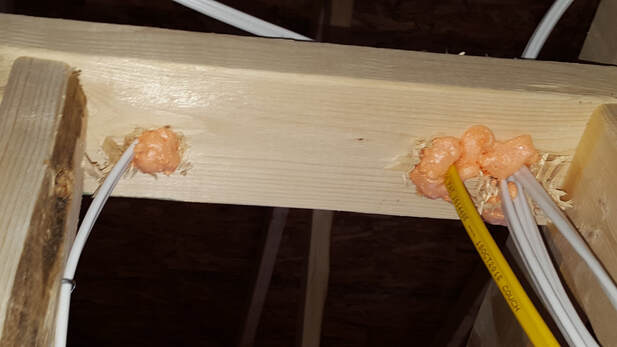
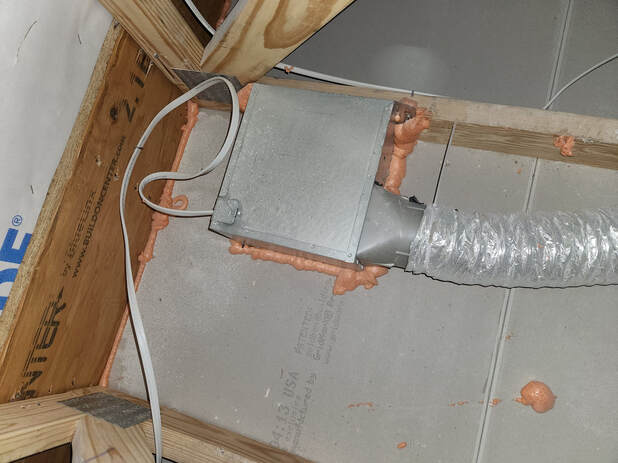
 RSS Feed
RSS Feed


